Home>Dining>Tableware>On Which Side Does The Napkin Go In A Place Setting?
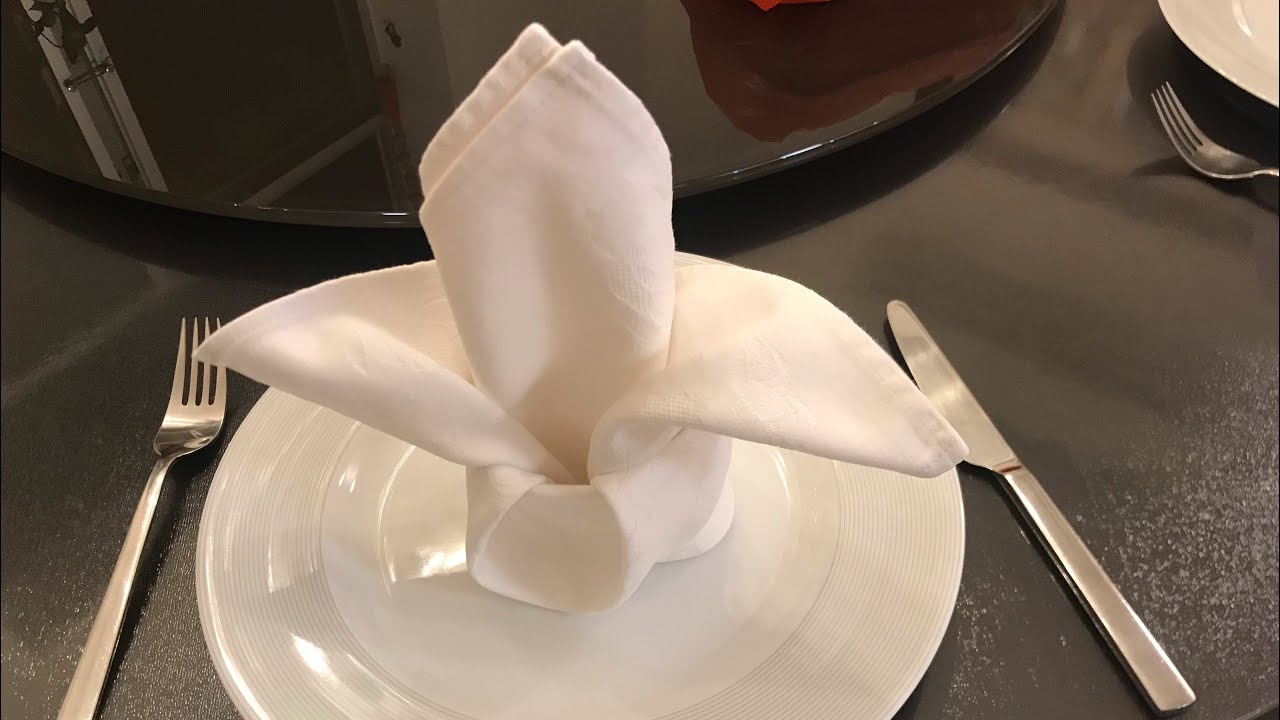

Tableware
On Which Side Does The Napkin Go In A Place Setting?
Modified: February 24, 2024
Discover the proper placement of tableware with this guide. Learn which side the napkin should go in a place setting and elevate your dining etiquette.
(Many of the links in this article redirect to a specific reviewed product. Your purchase of these products through affiliate links helps to generate commission for Storables.com, at no extra cost. Learn more)
Introduction
When it comes to setting a table, there are many intricate details to consider, including the positioning of the napkin. As seemingly simple as it may appear, the placement of the napkin is often subject to etiquette rules and personal preferences. Whether you’re hosting a formal dinner party or simply setting the table for a casual gathering, understanding where to place the napkin can add an extra touch of sophistication to your tableware arrangement.
In this article, we will explore the traditional and modern approaches to napkin placement in a place setting. We will also discuss the importance of proper napkin placement and the factors to consider when deciding where to position the napkin. Additionally, we will take a look at how cultural differences can influence the placement of napkins in table settings. Let’s delve into the world of table etiquette and discover the significance of napkin placement.
Key Takeaways:
- The placement of the napkin in a table setting is more than just a detail—it enhances aesthetics, promotes good manners, and reflects cultural diversity, making it an essential element of the dining experience.
- Whether following traditional etiquette or embracing modern creativity, the placement of the napkin reflects personal style, attention to detail, and respect for cultural differences, adding a memorable touch to any dining occasion.
Traditional Place Setting
The traditional place setting is rooted in centuries-old dining customs and formal etiquette. In this setting, the napkin is usually placed on the left side of the plate, either folded neatly or with artistic flair. It is often positioned in a rectangular or triangular shape, providing an elegant touch to the table.
Traditionally, the napkin was placed on the left side of the plate as a practical measure. This positioning allowed the diner to easily access the napkin when needed and to wipe their mouth discreetly. It was also a way to distinguish between the utensils on the left and right sides of the plate.
In some traditional settings, the napkin is folded and placed on the plate itself. This showcases the level of attention to detail and care given to the table setting. It can also serve as a decorative element, adding a touch of sophistication to the overall presentation.
Another traditional approach is to place the folded napkin in a napkin ring or holder. This method is often reserved for more formal occasions, such as weddings or fine dining experiences. The napkin ring can be an heirloom piece or a personalized touch that adds elegance and individuality to each place setting.
Overall, the traditional placement of the napkin on the left side of the plate in a folded or ring-enclosed manner reflects the timeless grace of formal dining etiquette.
Modern Place Setting
In recent years, there has been a shift towards more relaxed and contemporary table settings. The modern approach to napkin placement allows for more flexibility and creative expression. While the traditional left-side placement still holds its charm, the modern place setting offers alternative options.
One popular modern trend is to place the napkin on top of the plate. This placement creates a clean and minimalist look, with the napkin acting as a sleek and stylish accessory. It showcases a departure from formality while still maintaining an elegant aesthetic.
Another modern approach is to position the napkin to the right of the plate. This placement is often chosen for practical reasons, as it allows for easy access and avoids any confusion with the left-sided utensils. By placing the napkin to the right, it also creates visual balance alongside the other elements on the table.
For a more casual and relaxed setting, some people opt to fold the napkin and place it in a creative or playful manner. This could include a decorative fold, such as a fan or a pocket, or even incorporating a napkin ring or a decorative napkin holder.
While the modern place setting allows for more freedom in napkin placement, it is essential to maintain a sense of cohesiveness with the overall table arrangement. The napkin should complement the style and theme of the occasion, whether it is a casual brunch or a formal dinner party.
The modern approach to napkin placement embraces individuality and personal preferences, encouraging creative interpretations and unique tablescapes.
Importance of Proper Placement
When you set your table, the proper placement of the napkin holds more significance than meets the eye. While it might seem like a small detail in table setting, it contributes to the overall aesthetics, functionality, and etiquette of the dining experience. Here are a few reasons why proper napkin placement is important:
- Aesthetics: The way the napkin is positioned can significantly enhance the visual appeal of the table setting. Whether it is neatly folded on the left side, artfully placed on top of the plate, or creatively displayed to the right, the napkin adds a touch of elegance and refinement to the table arrangement.
- Table Manners: The proper placement of the napkin gives cues to diners on how to handle it during the meal. Placing the napkin on the left or right side of the plate indicates where it should be stored when not in use. This promotes good table manners and avoids confusion or awkwardness during the meal.
- Practicality: The positioning of the napkin should allow for easy access and convenience. Placing it within reach of the diner ensures that they can readily grab it when needed to wipe their mouth, blot spills, or protect their lap. Proper napkin placement enhances the functionality and practicality of the dining experience.
- Etiquette: Napkin placement follows established etiquette rules. Adhering to these rules shows respect and consideration for the customs and traditions associated with dining. It reflects social grace and familiarity with proper table etiquette, leaving a positive impression on guests.
- Personalization: Proper napkin placement offers an opportunity for personalization and creativity. How the napkin is folded, displayed, or adorned can showcase the host’s individual style and attention to detail. It allows for personalized touches that make the dining experience more memorable and special.
Overall, proper napkin placement is an essential element of tableware etiquette. It goes beyond aesthetics and serves practical purposes while honoring tradition and adding a touch of sophistication to the dining experience.
The napkin is traditionally placed to the left of the plate in a place setting. This is a common practice in formal dining settings and helps to create an organized and elegant table arrangement.
Factors to Consider
When deciding where to place the napkin in a table setting, there are several factors to take into consideration. These factors can help guide your choice and ensure that the napkin is positioned in a way that is practical, visually appealing, and in line with the overall atmosphere of the event. Here are some important factors to consider:
- Formality of the Occasion: The level of formality of the event can influence the placement of the napkin. For formal or traditional settings, the left-side placement is often preferred. For more casual or modern gatherings, alternative placements, such as on top of the plate or to the right, can be appropriate.
- Tableware and Decor: Consider the style and design of the tableware and decor when determining napkin placement. You want the napkin to complement the overall aesthetics and create a cohesive look. Choose a placement that enhances the visual appeal of the table setting and harmonizes with the colors, patterns, and textures of the other elements.
- Table Space: Take into account the available table space when deciding where to position the napkin. Ensure that the napkin placement does not impede the placement of utensils, glassware, or other tableware items. It should be easy for the diner to navigate their place setting without any obstructions.
- Guest Preferences: Consider the preferences and comfort of your guests when determining napkin placement. Some individuals may have specific preferences or requirements due to cultural, personal, or dietary reasons. Always be open to accommodating their needs and making them feel at ease.
- Event Style: The style and theme of the event can also influence napkin placement. For themed parties or specific occasions, you may choose to incorporate creative napkin folds or distinctive placement techniques that align with the event concept.
By considering these factors, you can make an informed decision about where to place the napkin in a table setting. Ultimately, the goal is to create a visually pleasing, practical, and cohesive dining experience for you and your guests.
Read more: On Which Side Is The Napkin Placed
Cultural Differences
It’s essential to recognize that napkin placement can vary across different cultures and regions. Customs and traditions regarding table etiquette can significantly impact where the napkin is positioned in a place setting. Here are a few examples of cultural differences in napkin placement:
- Western Culture: In Western dining etiquette, the napkin is typically placed on the left side of the plate or on top of it. The left-side placement is prevalent in formal settings, while the on-top positioning is more common in casual or modern gatherings.
- Eastern Culture: In Eastern cultures, such as China and Japan, the napkin is usually not placed directly on the table setting. Instead, it may be offered to guests when they are seated or provided in the form of a disposable tissue. It is common for diners to hold the napkin in their hands or drape it across their lap.
- Middle Eastern Culture: In Middle Eastern cultures, the napkin is often placed on the right side of the place setting. This is done to differentiate it from the left-sided utensils, which are used for eating. Placing the napkin to the right makes it clear that it is meant for wiping the mouth and hands.
- Indian Culture: In Indian culture, the napkin is not traditionally used at the table. Instead, handwashing before and after the meal is commonly practiced. However, in more Westernized or formal dining situations, the use of napkins may be adopted, typically following the left-side placement.
- African Culture: In various African cultures, napkin placement may vary. Some countries may follow Western customs and place the napkin on the left side, while others may have cultural practices that involve using handwashing or specific methods of cleaning the hands before and after the meal.
These examples highlight the diversity and complexity of napkin placement across different cultures. When hosting or attending multicultural events, it is important to be aware of and respectful towards the cultural norms and practices surrounding napkin placement.
By understanding cultural differences and being open to variations in napkin placement, we can foster inclusivity and create a welcoming environment for guests from diverse backgrounds.
Conclusion
The placement of the napkin in a place setting may seem like a small detail, but it carries significant importance in terms of aesthetics, functionality, and cultural etiquette. Whether you opt for the traditional left-side placement, the modern on-top positioning, or another creative approach, considering the factors discussed in this article will help you make an informed decision.
The proper placement of the napkin enhances the overall visual appeal of the table setting, showcases good table manners, and adds a touch of sophistication to the dining experience. It is a reflection of respect for tradition and attention to detail.
Furthermore, cultural differences play a role in napkin placement, highlighting the diverse practices and customs followed around the world. Being aware of these cultural nuances allows for a more inclusive and respectful dining environment.
Ultimately, the placement of the napkin can be an opportunity for personalization, creativity, and self-expression. Whether you are hosting a formal dinner party, a casual gathering, or a multicultural event, the way you position the napkin can contribute to a memorable and enjoyable dining experience for you and your guests.
So, the next time you set the table, consider the placement of the napkin and let it be a reflection of your style, etiquette, and appreciation for the art of tableware arrangement.
Remember, in the world of table etiquette, even the smallest details can make a lasting impression.
Frequently Asked Questions about On Which Side Does The Napkin Go In A Place Setting?
Was this page helpful?
At Storables.com, we guarantee accurate and reliable information. Our content, validated by Expert Board Contributors, is crafted following stringent Editorial Policies. We're committed to providing you with well-researched, expert-backed insights for all your informational needs.
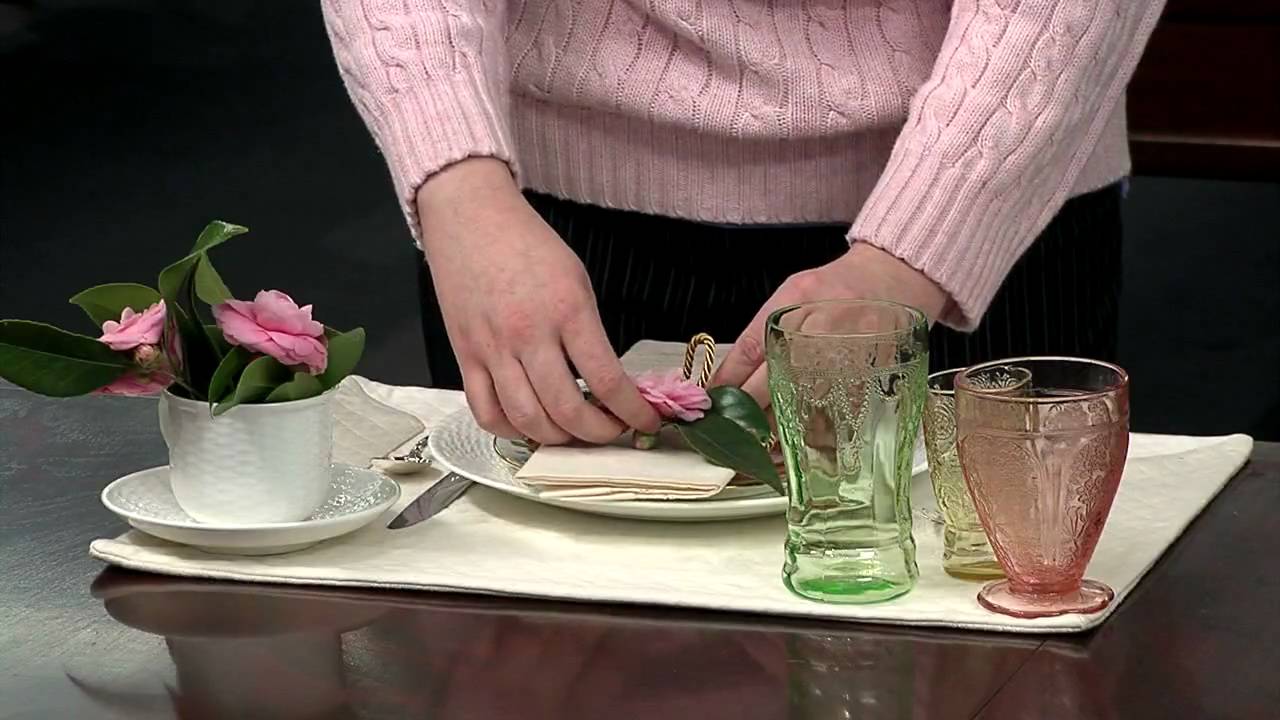
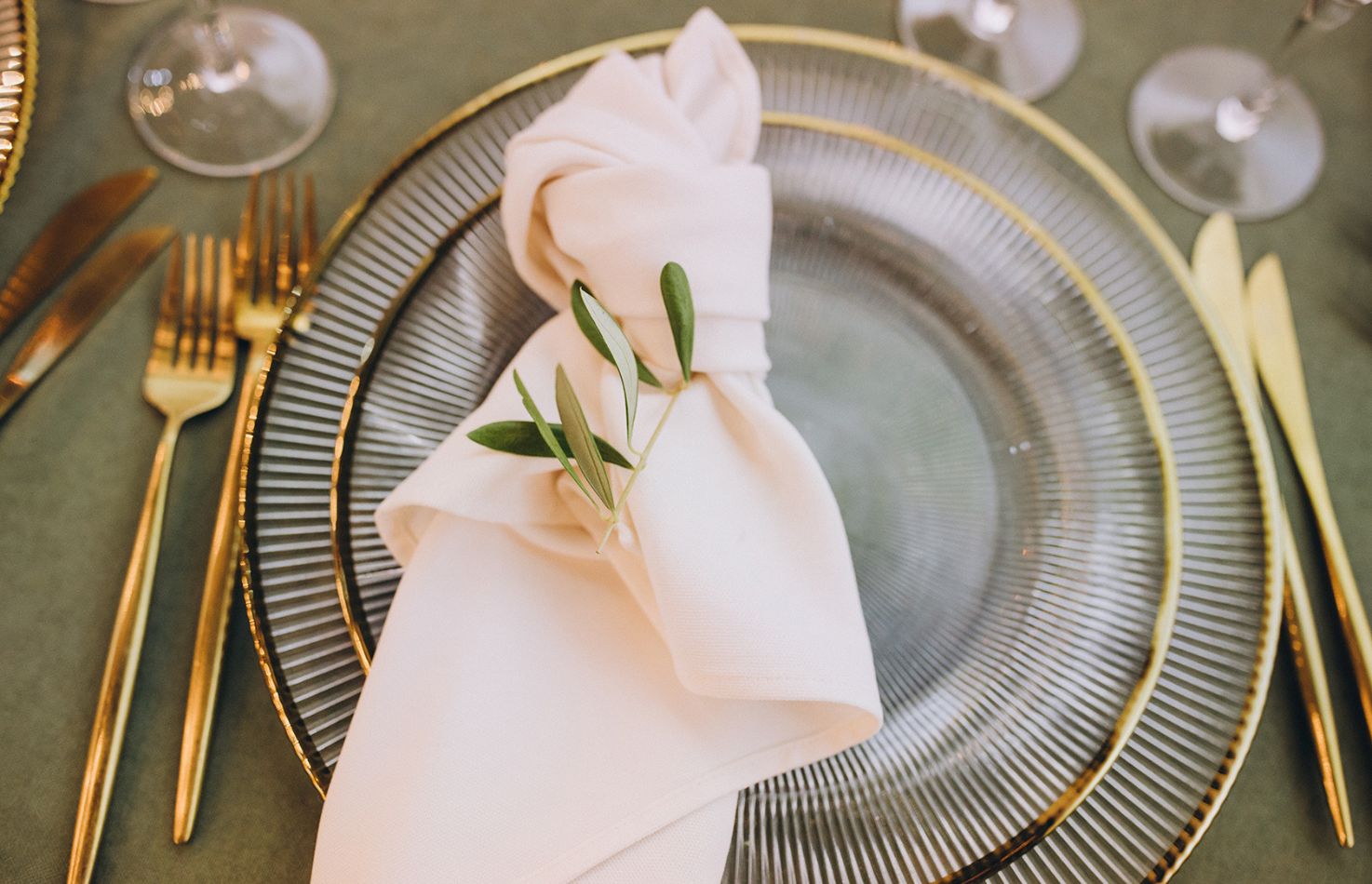
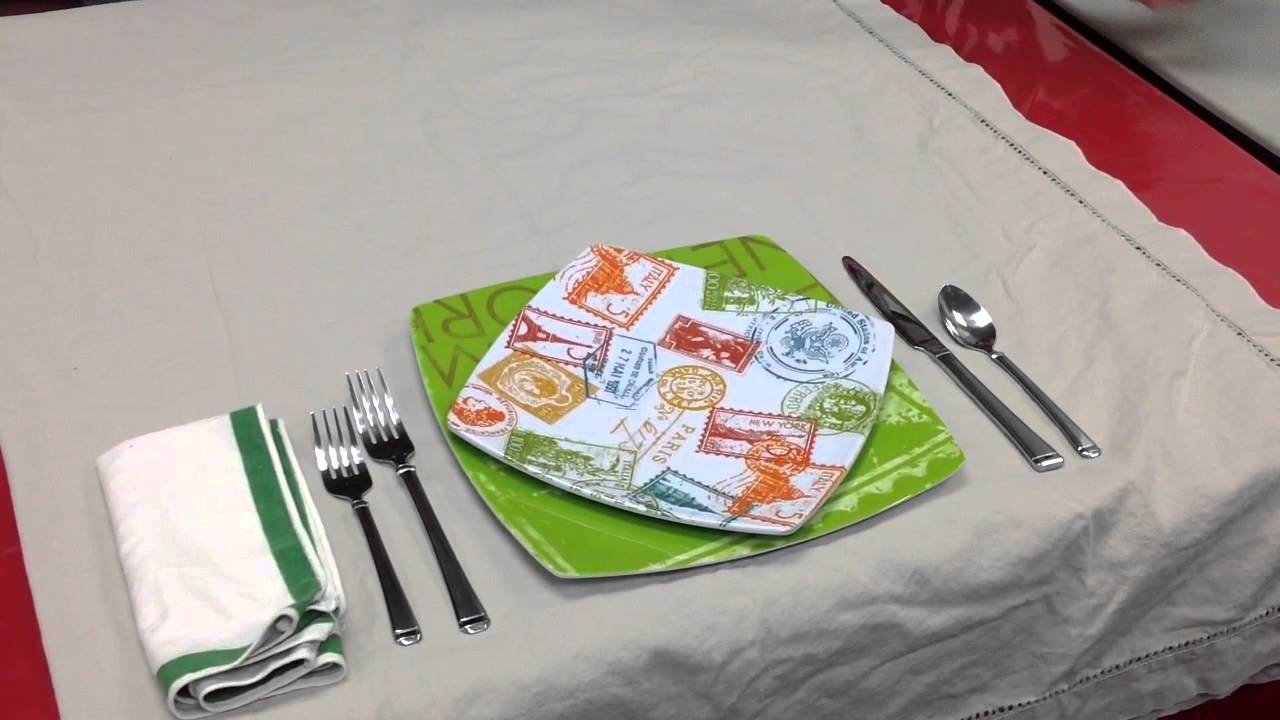
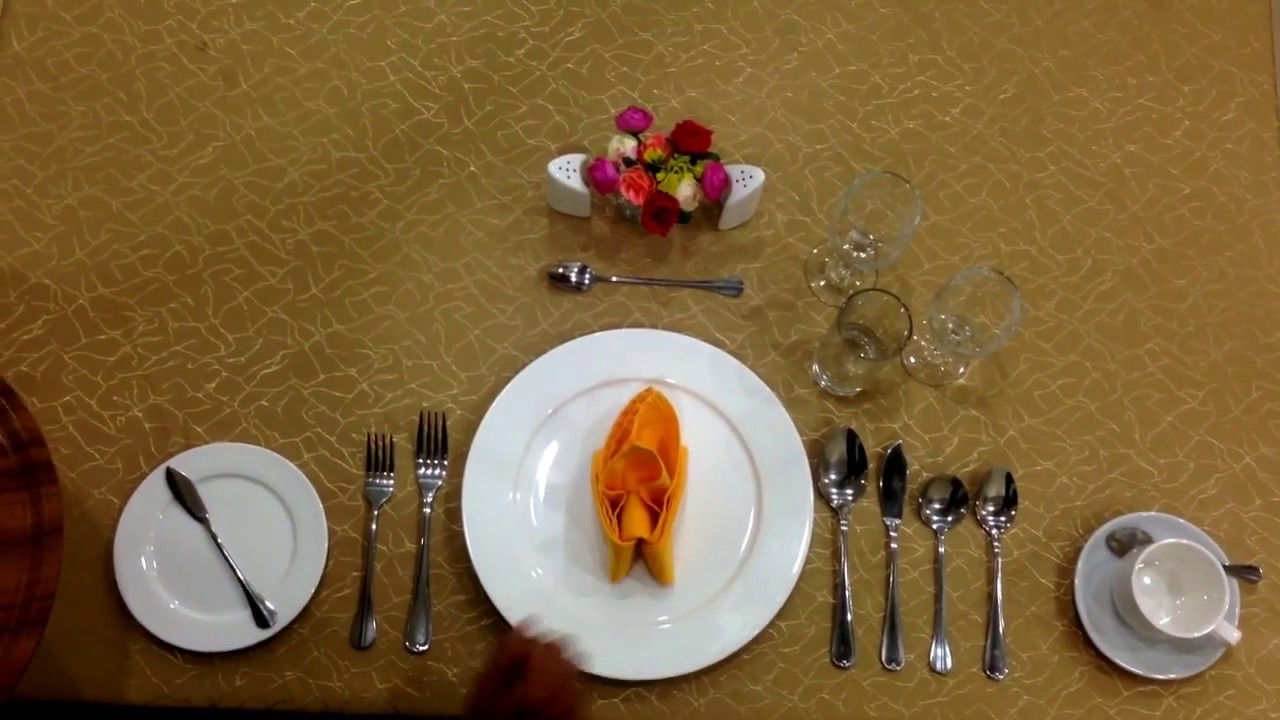
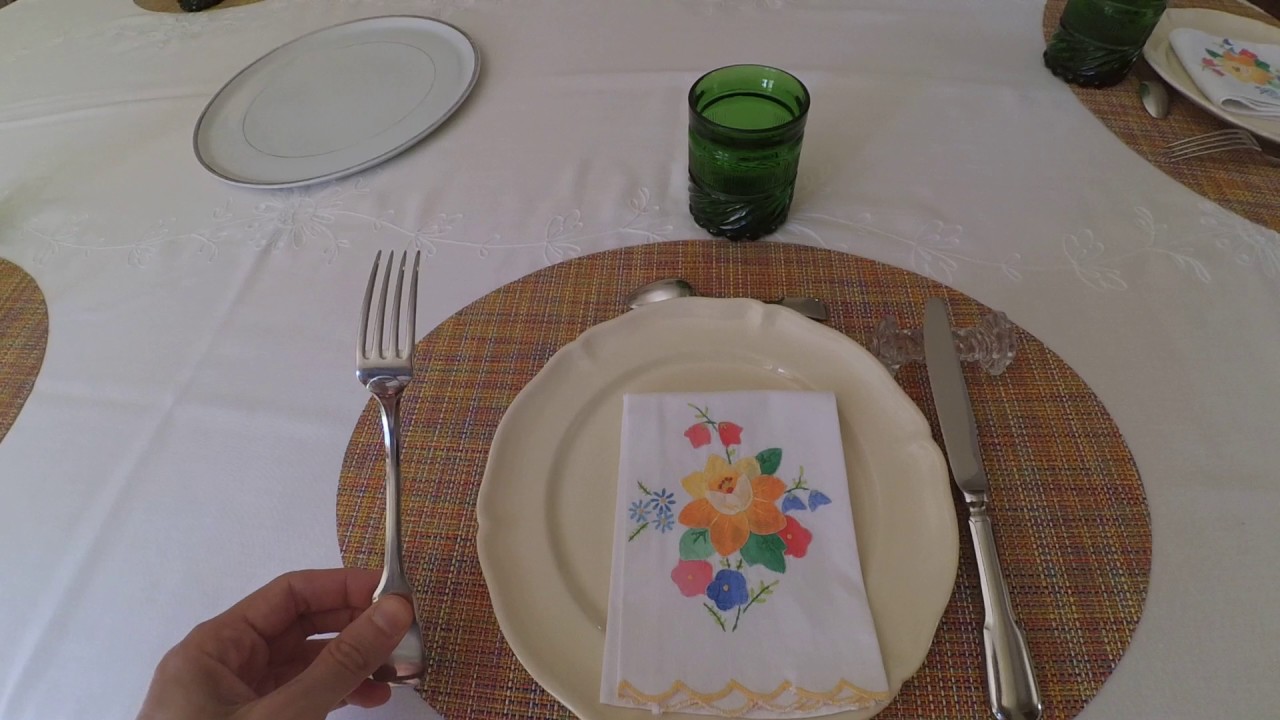
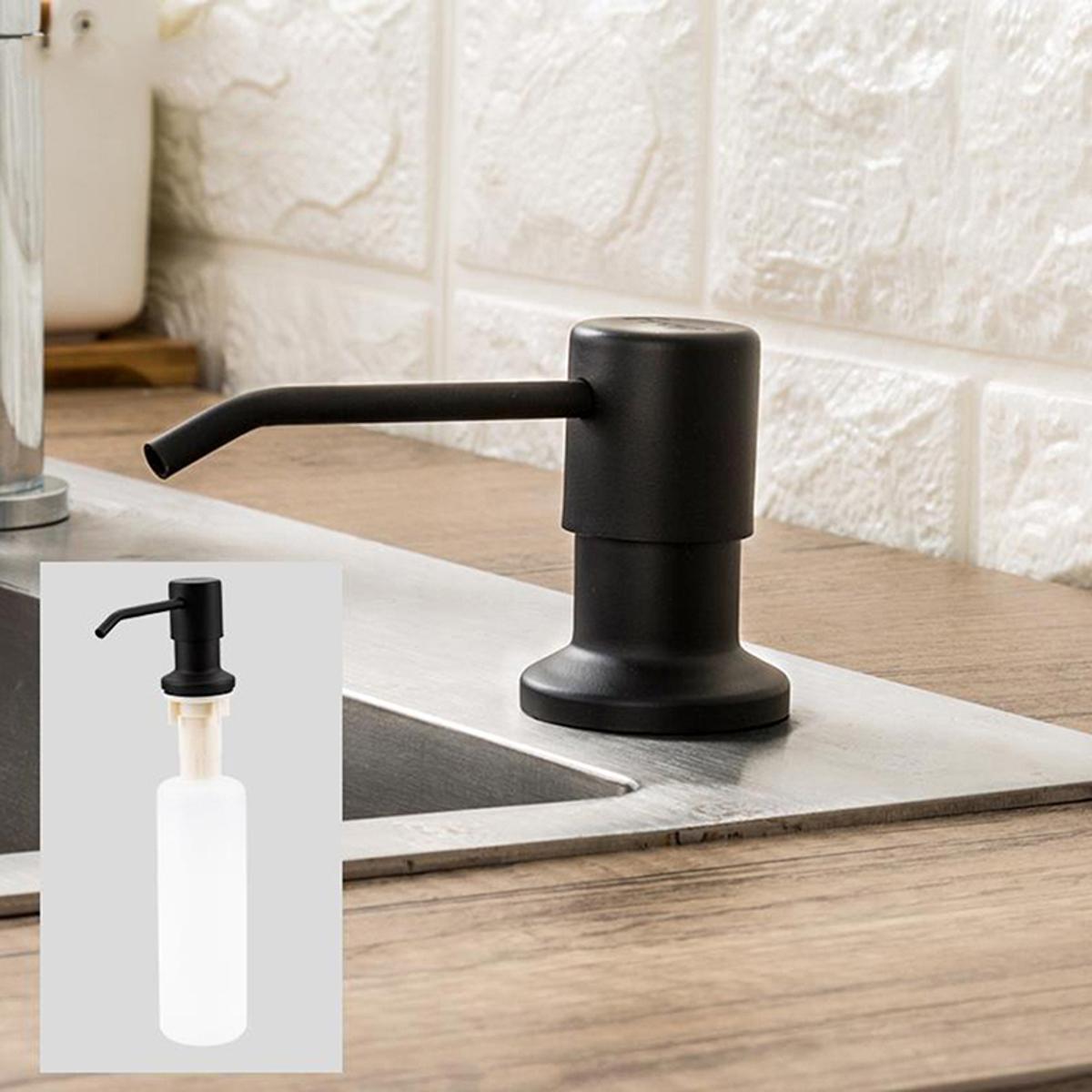
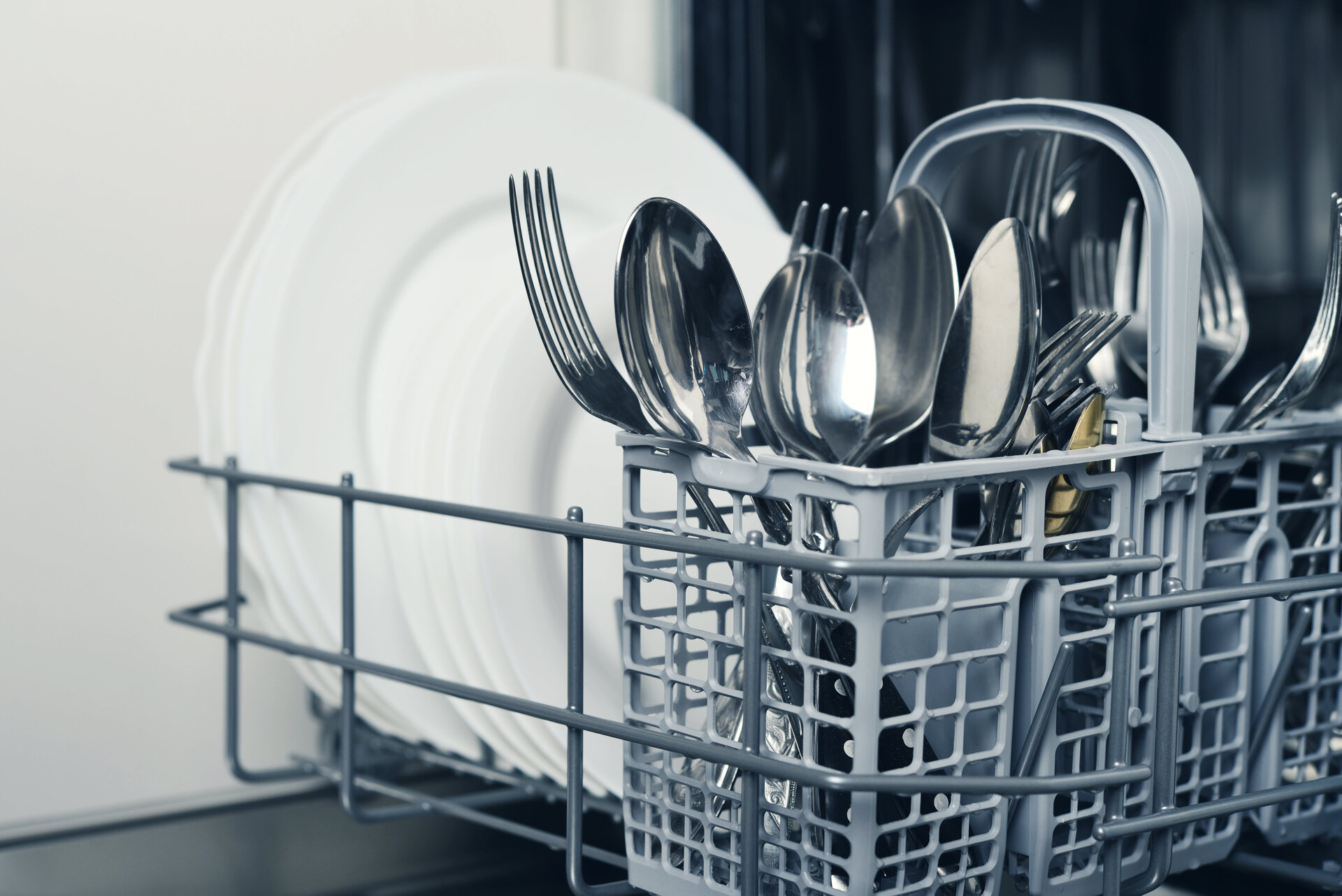
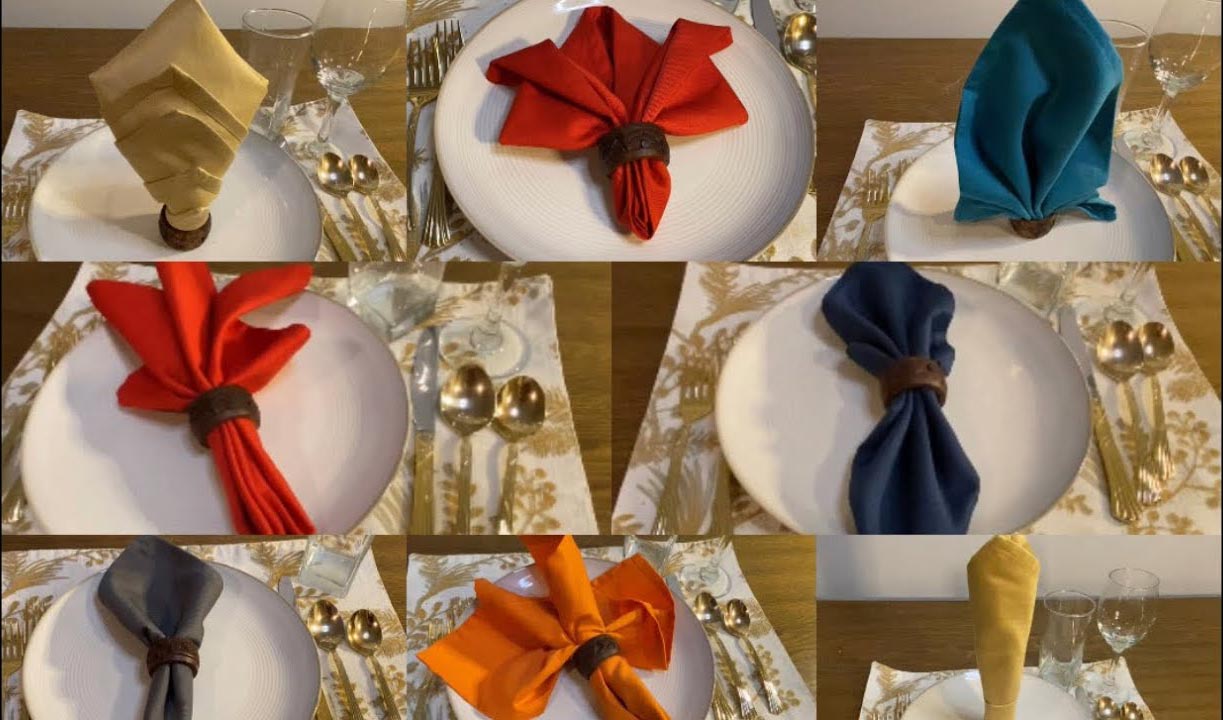
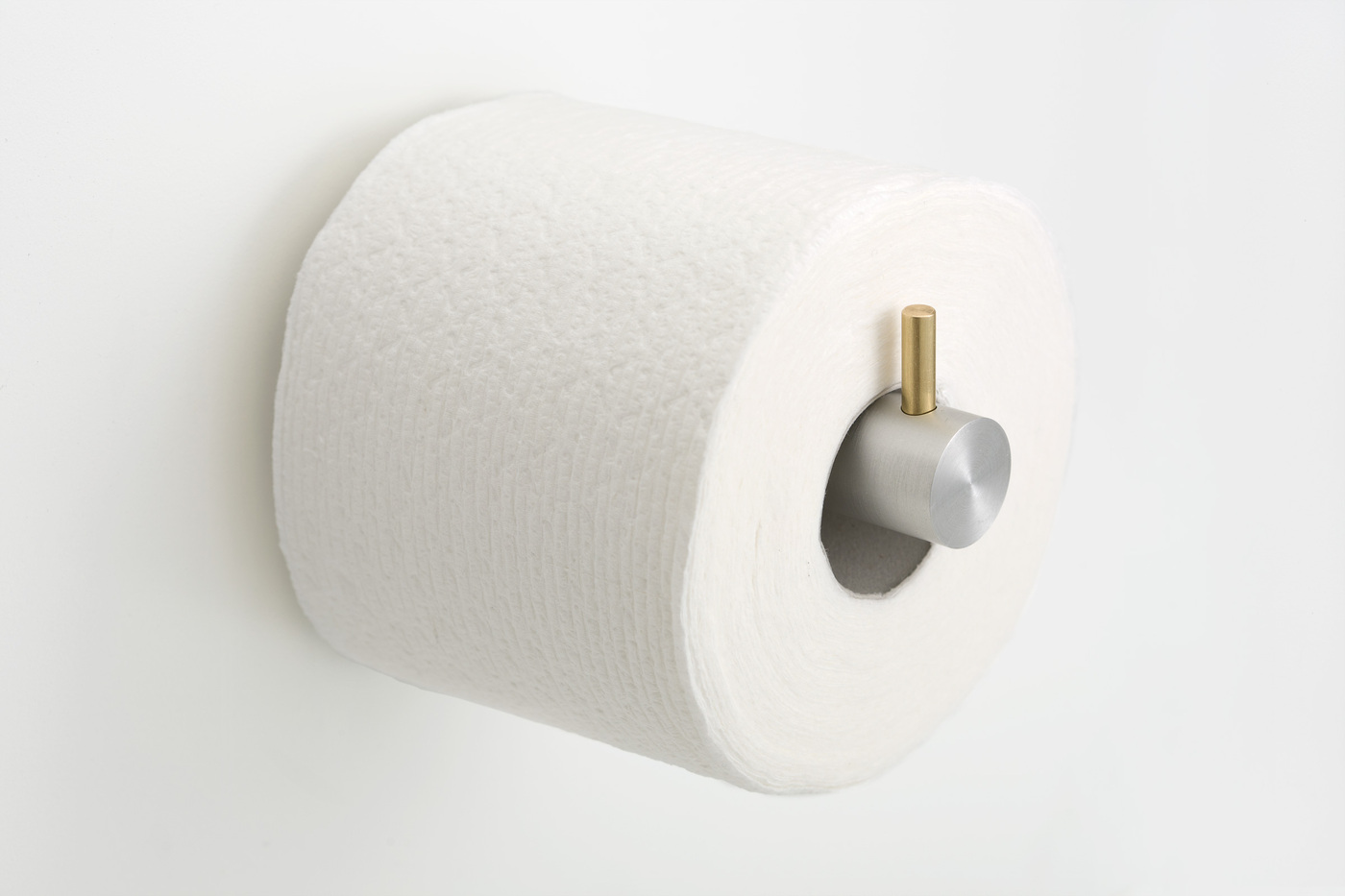
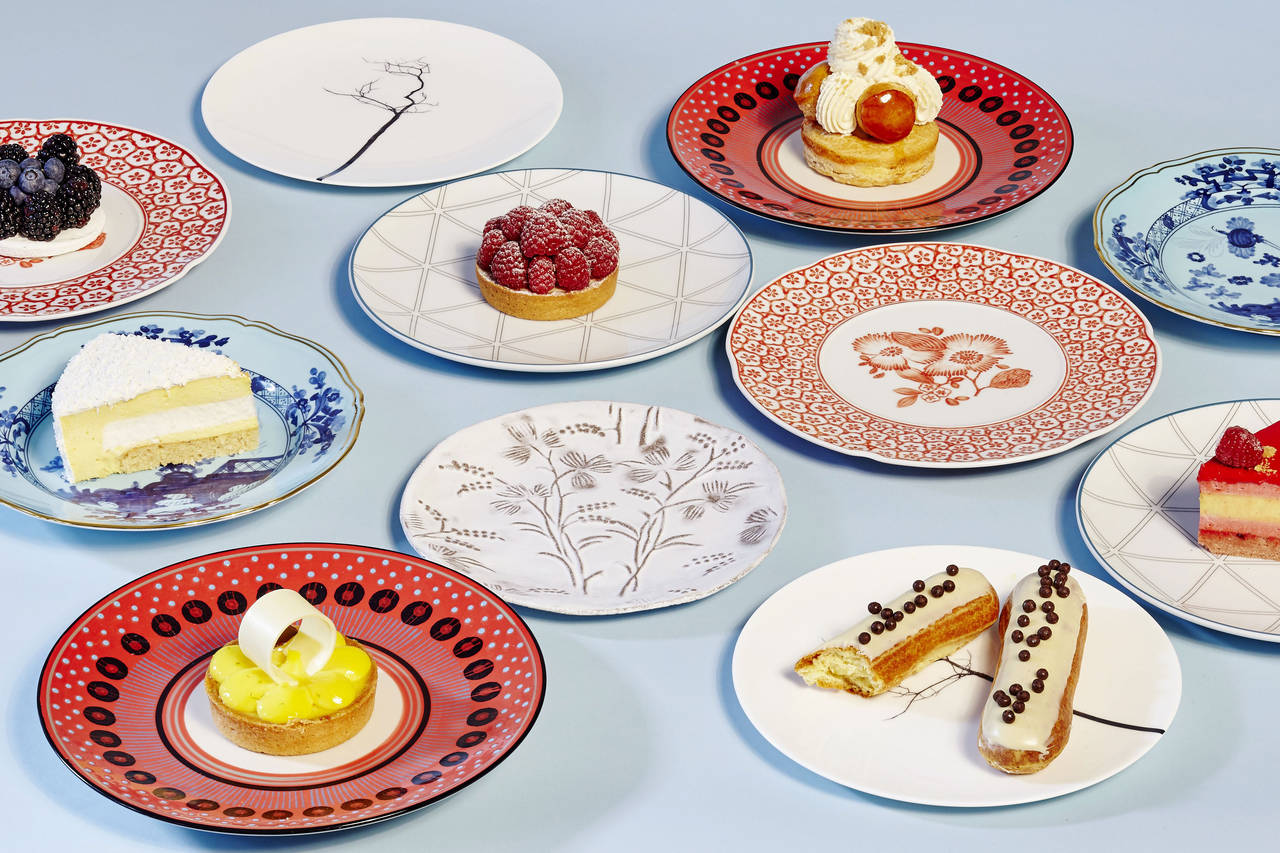
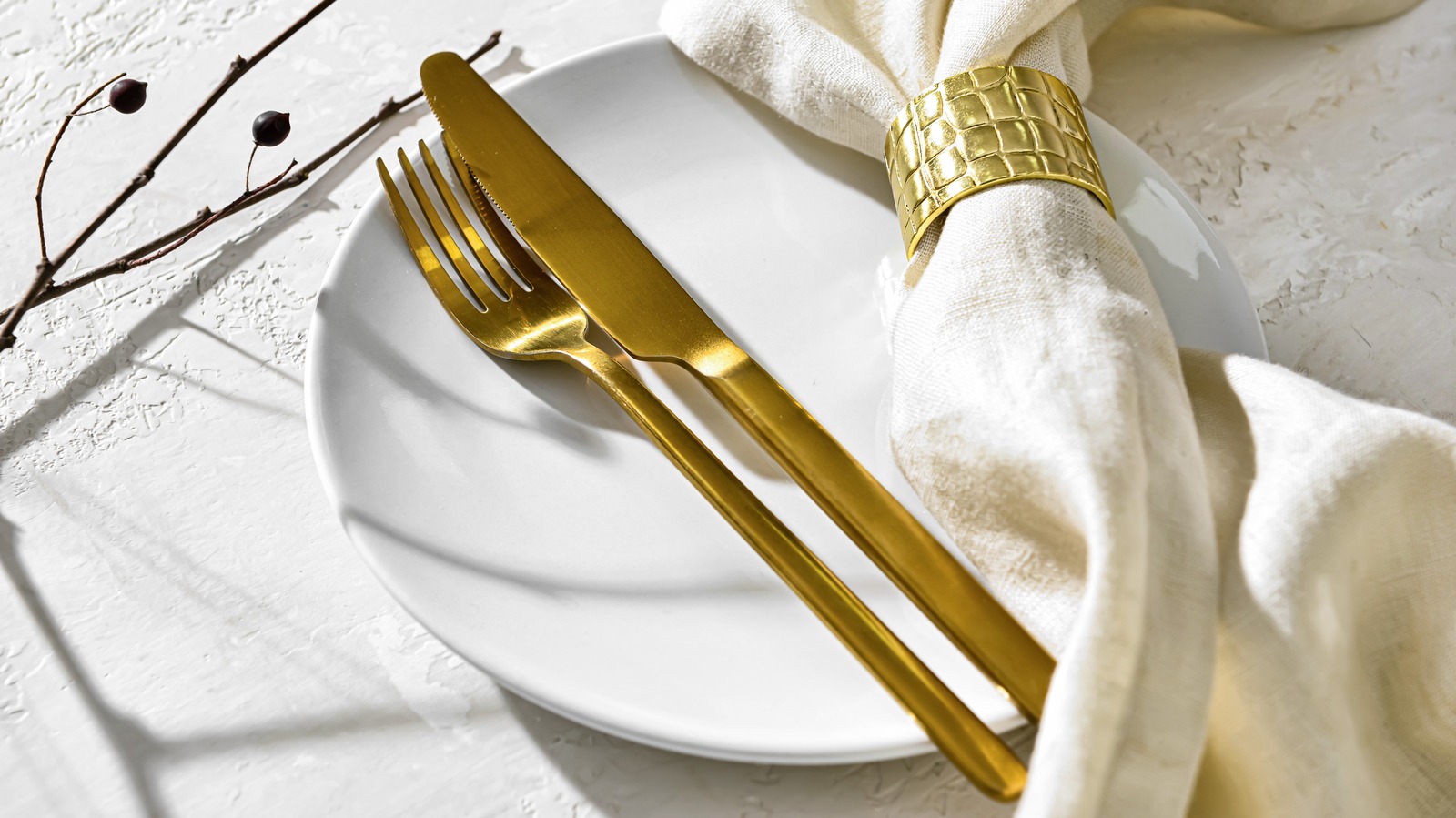
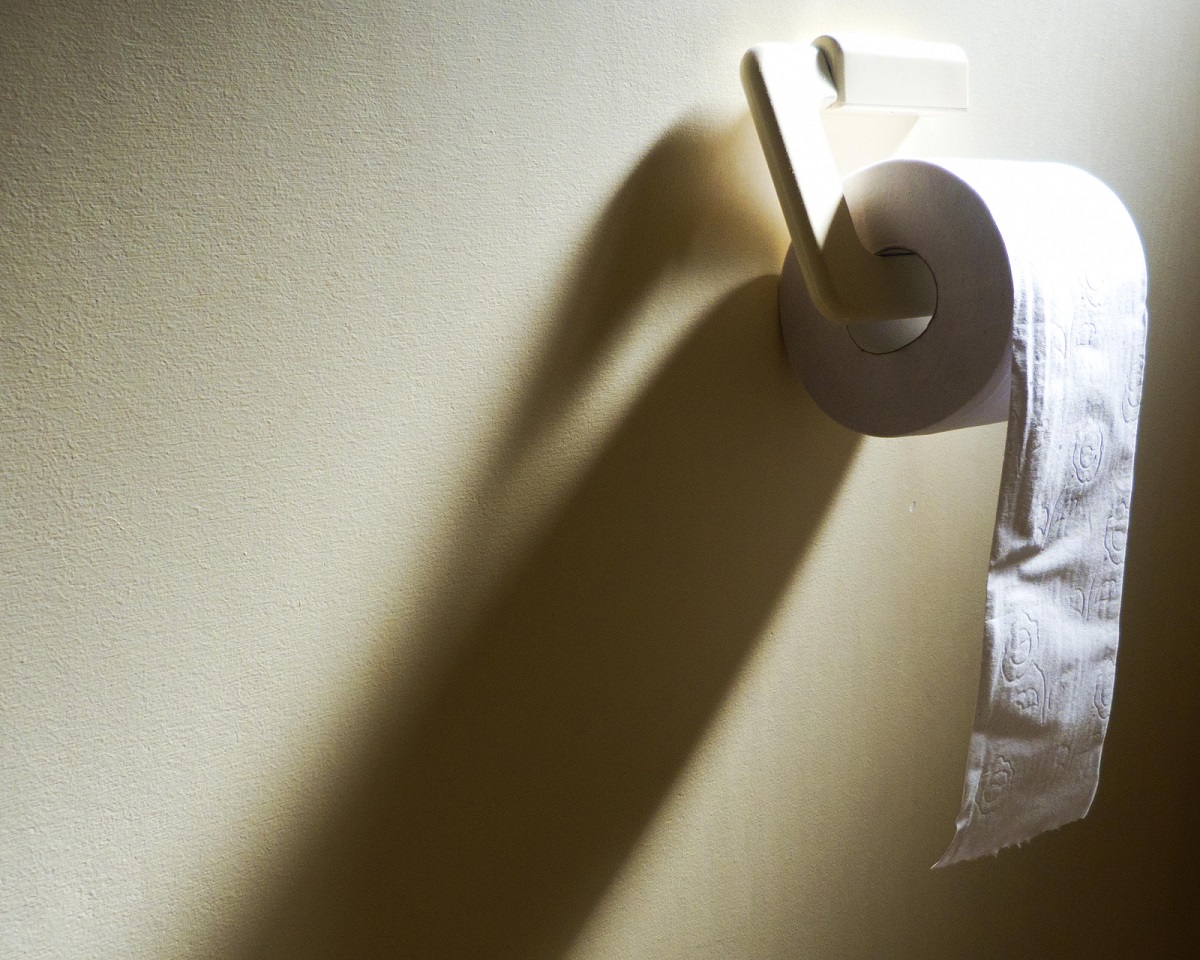

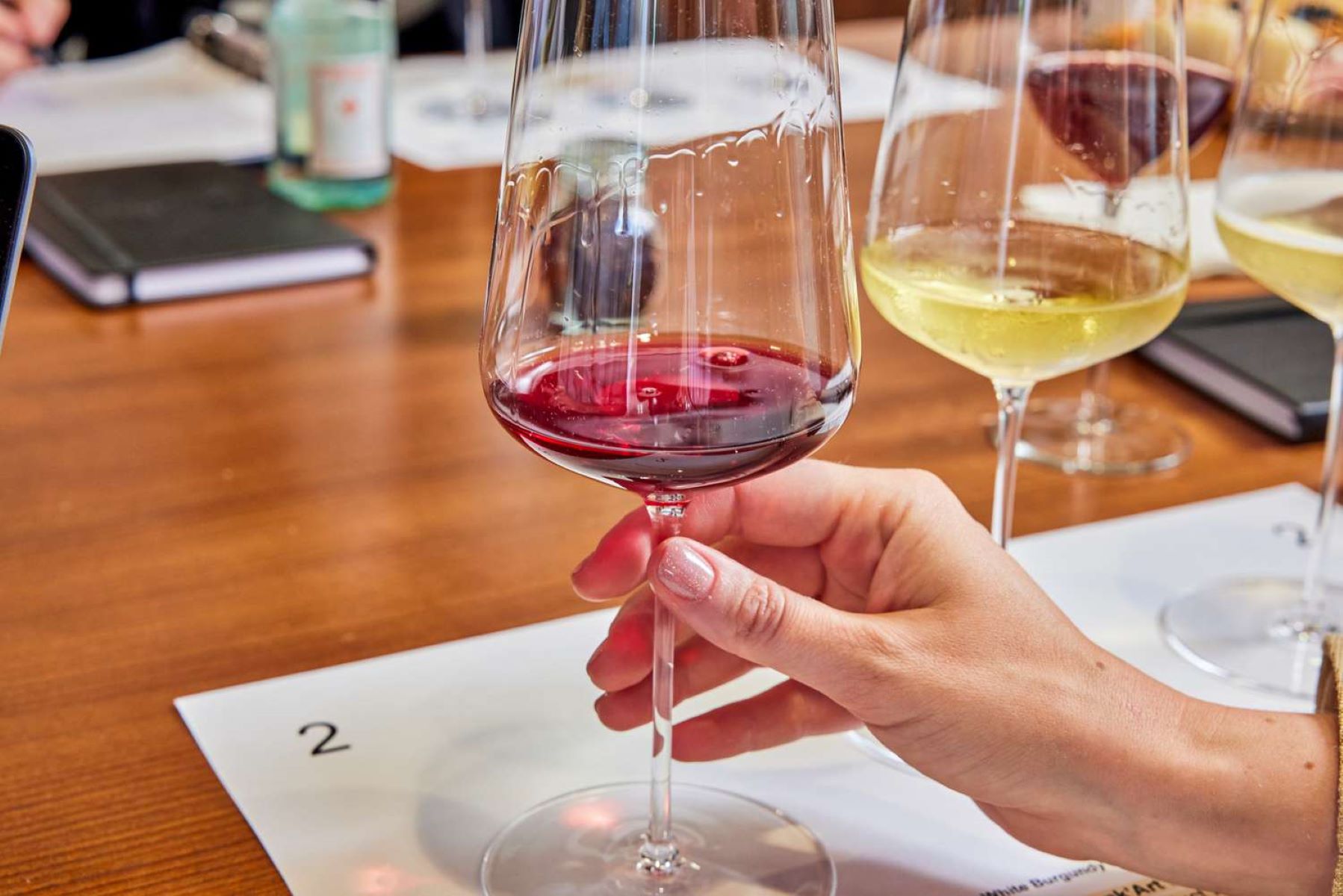

0 thoughts on “On Which Side Does The Napkin Go In A Place Setting?”